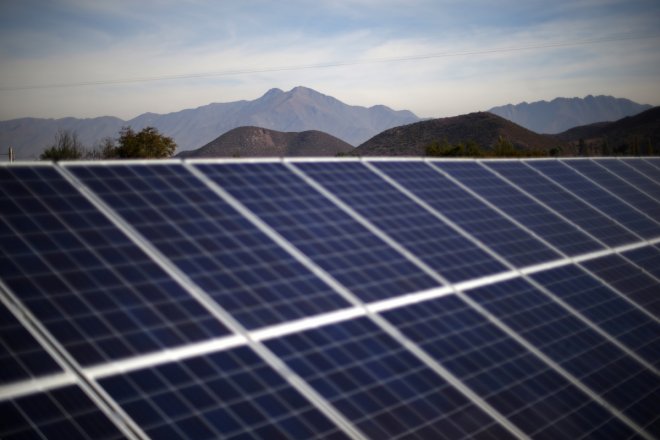
The national water agency in Singapore stated that it would be expanding its trials to test the viability of installing floating solar energy panels in reservoirs, after the successful implementation of world's largest floating solar test-bed, at Tengeh Reservoir in 2016.
The Public Utilities Board (PUB) on Friday (September 29) called for tenders to look after the engineering and environmental studies of a 50-megawatt peak floating solar photovoltaic (PV) system, which is to be installed in the Tengeh Reservoir and a 6.7-megawatt peak floating solar PV system which is to be placed in the Upper Peirce Reservoir.
The system's potentials
The system that is supposed to be installed in the Tengeh Reservoir can use one-third of the reservoir's water surface area and is well equipped to supply power to 12,500 four-room Housing and Development Board homes.
The Upper Peirce system might seize about 2 percent of the reservoir's water surface area and provide power to 1,500 four-room flats.
Tengeh Reservoir was termed as world's largest floating solar test-bed in October 2016. It is placed on a hectare of waters. The reservoir houses a S$11 million pilot of 10 PV systems that can supply power to 250 four-room Housing and Development Board homes.
The results of the test-bed "show that the system performed better than a typical rooftop solar PV system in Singapore, due to the cooler temperatures of the reservoir environment" stated PUB on Friday, September 29.
PUB further stated that it plans to deploy floating solar PV systems at two more locations as till date "no observable changes in water quality in the reservoir and no significant impact on wildlife from ongoing studies on water quality and biodiversity."
Upper Peirce Reservoir being closer to Chestnut Avenue Waterworks was chosen as the potential location. The reservoir, therefore, allows the solar energy that has been generated, to be directly distributed to the Waterworks for its water treatment operations. PUB confirmed that this process in a way makes the Waterworks less dependent on grid energy.
Extensive environmental studies would be carried out at the two reservoirs before the implementation of the solar panels. PUB has also consulted environmental organizations such as Nature Society of Singapore to help them explore the issues related to the conservation of Nature. PUB further assured that forested areas will not be damaged.
"The natural option is our vast water surface but we want to study the possible impact and relevant mitigating measures very carefully before reaching a decision to proceed with large-scale floating solar PV deployment," said Tan Nguan Sen, chief sustainability officer, PUB.
Why is it important?
Solar panels are mostly deployed on rooftops or land. However, water bodies with their vast surface area present greater prospects for countries which are surrounded by water, such as Singapore.
The Republic financed projects related to alternative energy tests costing over S$30 million in 2016. Apart from the test-bed at Tengeh Reservoir, a micro-grid system, generating power from renewable energy sources, was also tested at Semakau island, situated in Singapore.









